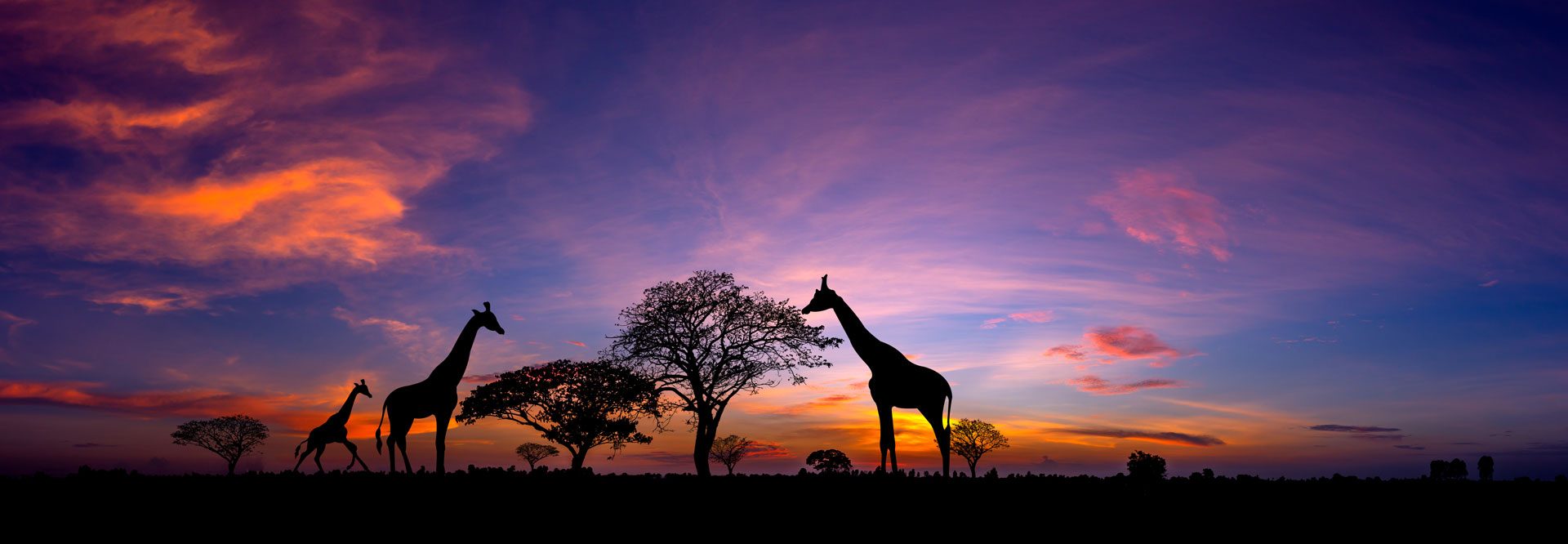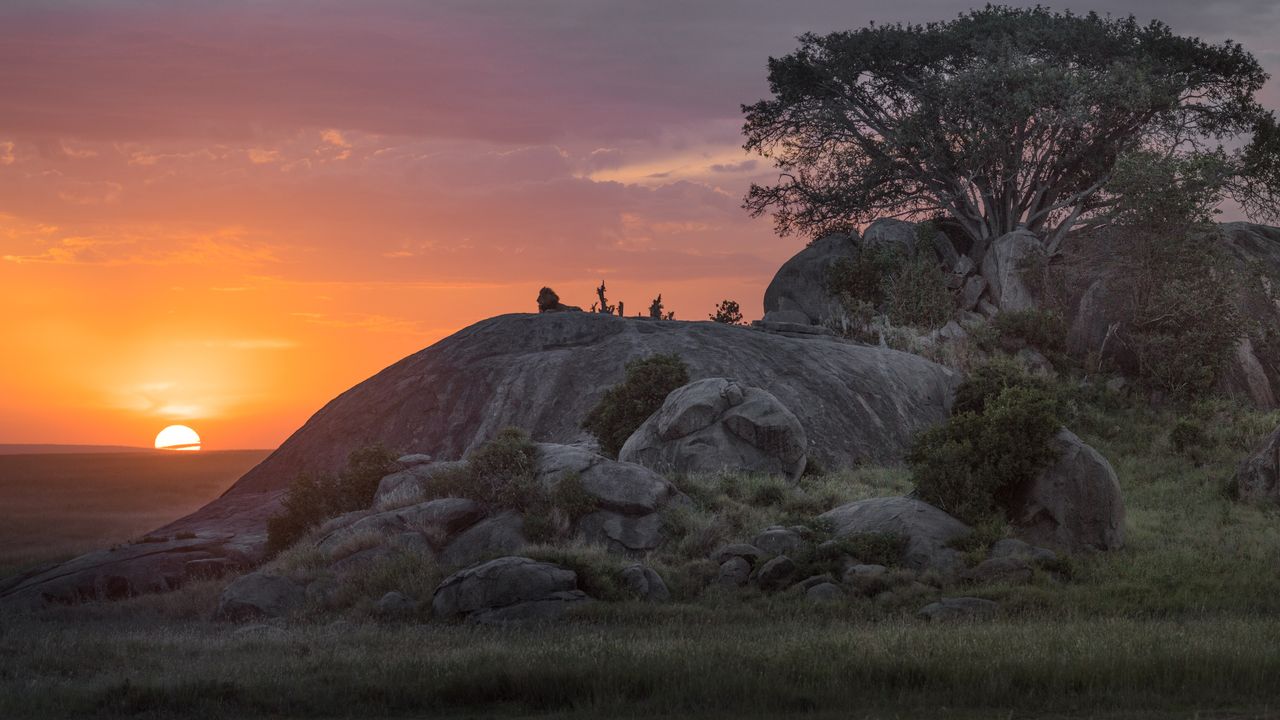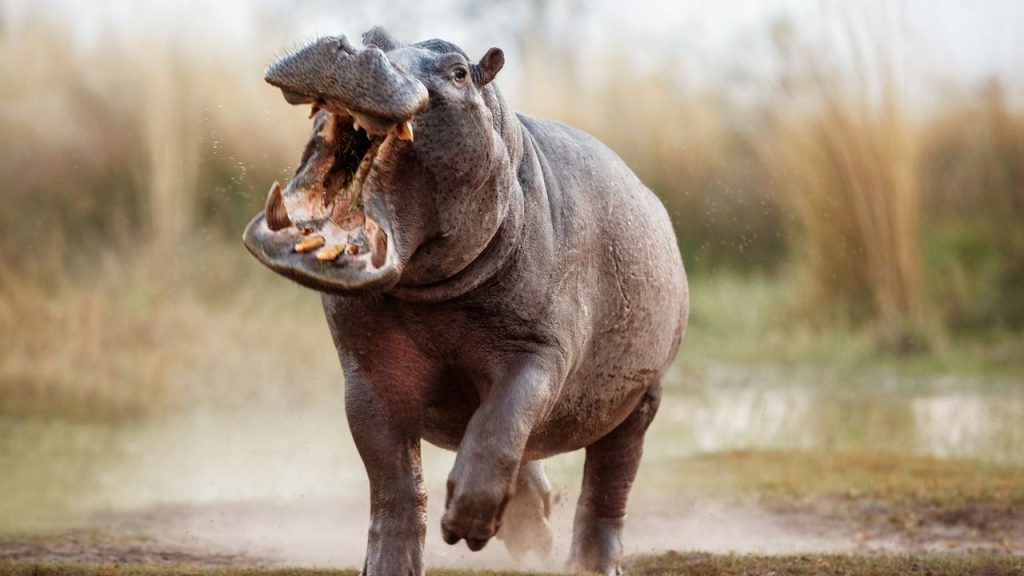Heading: A Comprehensive Guide to Conquer Mount Kilimanjaro Trek
Sub-Heading: Everything You Need to Know About Kilimanjaro Routes, Acclimatization, and Preparation
Mount Kilimanjaro is one of the most sought-after trekking destinations in the world. Located in Tanzania, it is the highest peak in Africa and attracts thousands of trekkers every year. However, trekking to the summit of Kilimanjaro is not an easy feat. It requires proper planning, preparation, and knowledge about the Kilimanjaro routes, acclimatization, and preparation. In this blog post, we will provide you with a comprehensive guide to conquer the Mount Kilimanjaro trek.
Kilimanjaro Routes
There are several Kilimanjaro routes to choose from, each with its own unique features. The most popular routes are the Marangu, Machame, Lemosho, and Rongai routes. The Marangu route is the easiest and most direct route, while the Machame route is the most scenic and popular. The Lemosho route is the longest and most remote, and the Rongai route is the only route that approaches Kilimanjaro from the north.
When choosing a Kilimanjaro route, it is important to consider your level of fitness, trekking experience, and the time you have available. Each route has its own advantages and disadvantages, and it is recommended to do thorough research before making a decision.
Kilimanjaro Acclimatization
Acclimatization is the process of adjusting to high altitude and is crucial for a successful Kilimanjaro trek. As you climb higher, the air pressure and oxygen levels decrease, making it harder to breathe. Acclimatization allows your body to adapt to these changes and prevent altitude sickness.
To acclimatize properly, it is recommended to follow a slow and steady pace, drink plenty of water, and take rest days. Most Kilimanjaro routes include acclimatization days, where you climb higher during the day and sleep at a lower altitude at night. This helps your body adjust to the altitude and reduce the risk of altitude sickness.
Kilimanjaro Preparation
Proper preparation is essential for a successful Kilimanjaro trek. It is recommended to start preparing at least 6 months in advance. This includes physical training, mental preparation, and gear preparation.
Physical training should focus on building endurance, strength, and cardiovascular fitness. This can be achieved through activities such as hiking, running, cycling, and weight training. Mental preparation involves developing a positive mindset, setting realistic goals, and managing expectations. Gear preparation involves investing in high-quality trekking gear, such as a sturdy backpack, hiking boots, warm clothing, and a sleeping bag.
Conclusion
Trekking to the summit of Mount Kilimanjaro is a challenging and rewarding experience. By choosing the right Kilimanjaro route, acclimatizing properly, and preparing well, you can increase your chances of success and enjoy the breathtaking views from the top. Remember to always prioritize safety and follow the guidance of your trekking guide. Happy trekking!


